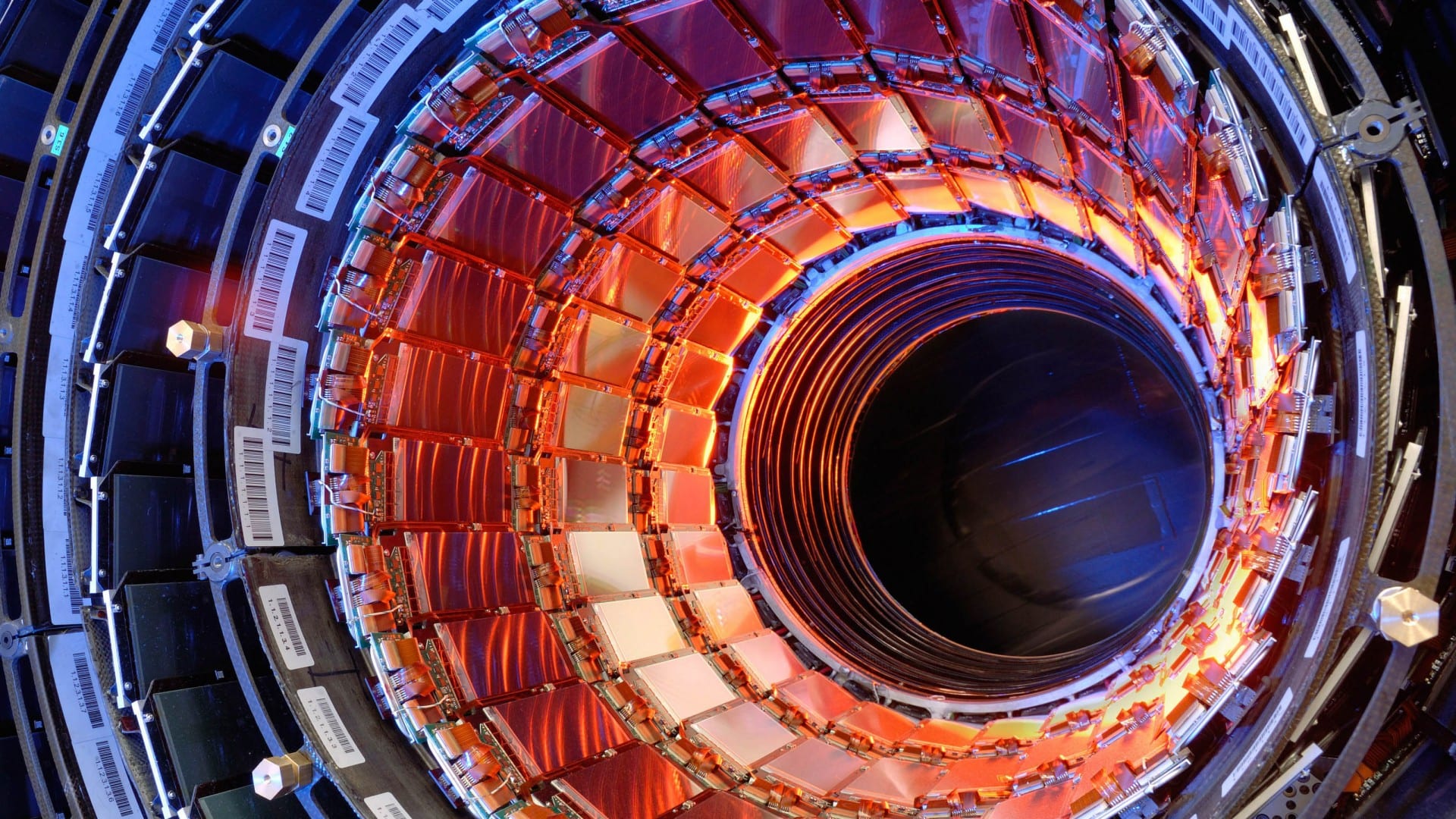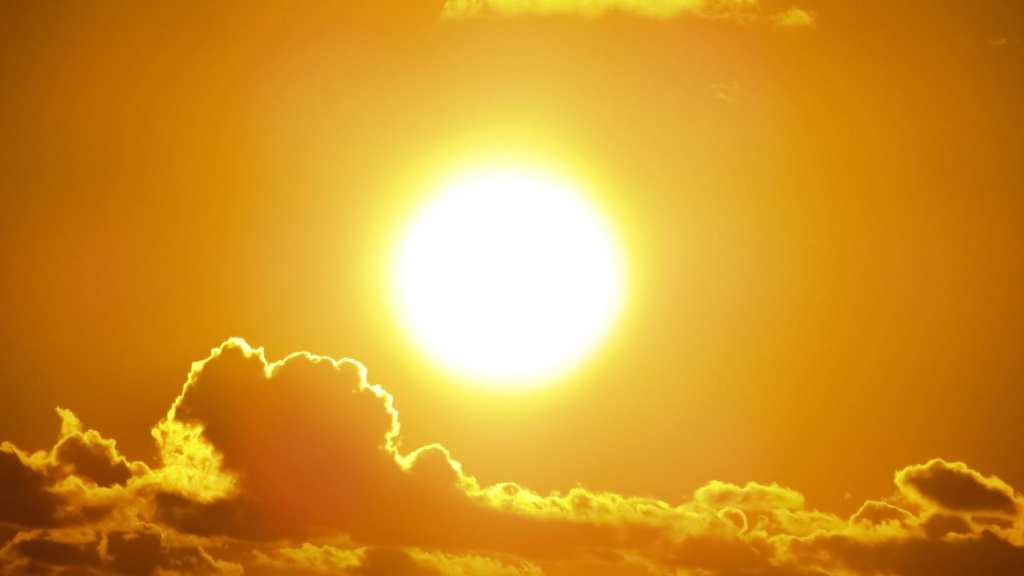The past decade was the hottest in recorded history, and it has seen record-breaking average yearly temperatures and single-day temperatures in places across the globe. This is largely due to global climate change, and it’s a dangerous trend.
However…
According to the World Meteorological Organization, the hottest temperature ever recorded was a sweltering 134 degrees Fahrenheit at Furnace Creek in Death Valley, California, way back in July 10, 1913.
Up until 2012, the record on file – 136.4 degrees Fahrenheit – occurred in El Azizia, Libya, and was recorded in 1922. But it was disqualified 90 years later because, according to the Guiness Book of World Records, the temperature could have been off by up to seven degrees due to the type of surface on which the measurement was taken.
Dallol, Ethiopia, is considered the hottest regularly inhabited place.

Photo Credit: Pixabay
Back to Death Valley. Air temperatures there typically reach 120 degrees due to its geographic location and boiling desert environment. The area receives less than three inches of average annual rainfall, and the sun beats down on the ground – 190 feet below sea level and enclosed by mountains.
So, in Death Valley, hot air rises and gets trapped by the surrounding mountain ranges. Then it cools and falls back into the valley. As it falls, where it’s heated again by then sun and the high air pressure down on the valley floor. That’s how the area holds the record for highest recorded air temperature.
Death Valley, though, is not the only hot spot around.

Photo Credit: Billy Hathorn
In Yellowstone National Park, the geothermal pools often reach 250 degrees Fahrenheit and above. According to National Geographic, vents on the ocean floor release liquids at 750 degrees Fahrenheit and higher. The Earth’s core is estimated to have a temperature of a super scorching 11,000-degrees. In our solar system, scientists say the hottest place is the sun’s core which is about 15 million Kelvin, or roughly 26 million degrees Fahrenheit.
If you’re looking for the hottest location in the universe, that seems to be, surprisingly, just outside of Geneva, Switzerland. At the Large Hadron Collider, scientists and engineers smash atoms in their experiments.

Photo Credit: Flickr
According to Inside Science News Service, the temperature inside the equipment reaches an incredible 7.2 trillion degrees Fahrenheit (if just for short bursts).
That’s a valid excuse for sweating.






